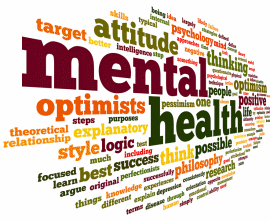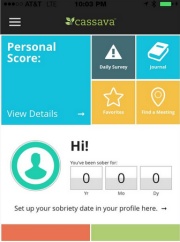 Opioid addiction is one of the more challenging substance use disorders to confront and manage because of its physical dependency characteristics. Once the process of physical addiction has taken hold, avoiding daily withdrawal becomes a high hurdle.
Opioid addiction is one of the more challenging substance use disorders to confront and manage because of its physical dependency characteristics. Once the process of physical addiction has taken hold, avoiding daily withdrawal becomes a high hurdle.
Because of this daily dilemma, it becomes difficult to remain focused on other aspects of recovery. It’s the law of “first things first” that applies when tackling any problem. There is a natural order and sequence which must be followed when trying to solve a complex task. Opioid addiction recovery is no exception.
Obtaining relief from opioid withdrawal symptoms is a very important first step in addressing opioid addiction. This is why medication-assisted treatment is specifically identified as a medical best practice. Science and years of exhaustive research have proven (not just suggested) that treatment coupled with medication-assistance offers the greatest probability of long-term success when trying to overcome moderate to severe opioid addiction.
Fortunately, more people are becoming aware of the need for buprenorphine, methadone, and other medications that can play a vital role in stabilizing an opioid addicted individual at the onset of their personal recovery.
Historically, efforts to come off of opioids in a detox setting have been often unsuccessful because many detoxes used insufficient medications to alleviate withdrawal symptoms. Consequently, patients would typically begin to get sick in 1-2 days with their withdrawal symptoms becoming intolerable. This can lead to patients abandoning the detox effort and a quick return to illicit opiates.
However, the tide is turning. As the American opioid crisis continues to impact families and U.S. society, many more physicians, lawmakers, and government representatives are gaining a quick education on the enormous value of medication-assisted treatment. Methadone is at the forefront of this new awareness as is buprenorphine-based products like Suboxone.
Appropriate medications used responsibly and under a doctor’s supervision provide stability, hope, and opportunity.

 Follow
Follow

 Drug and alcohol addiction are treatable illnesses. They can be successfully managed and “arrested” such that they do not continue to harm a person’s life or compromise their health. Just as with any progressive illness, a patient should commit to a course of treatment that has been proven to eradicate their illness or reduce its impact. Heart disease, cancer, diabetes, morbid obesity, alzheimer’s – all of these have established medical treatments which can increase a person’s chance of survival and/or quality of life.
Drug and alcohol addiction are treatable illnesses. They can be successfully managed and “arrested” such that they do not continue to harm a person’s life or compromise their health. Just as with any progressive illness, a patient should commit to a course of treatment that has been proven to eradicate their illness or reduce its impact. Heart disease, cancer, diabetes, morbid obesity, alzheimer’s – all of these have established medical treatments which can increase a person’s chance of survival and/or quality of life. A new mobile phone app for recovering people was released last month by Elements Behavioral Health based out of Long Beach, California. The app is called
A new mobile phone app for recovering people was released last month by Elements Behavioral Health based out of Long Beach, California. The app is called 


